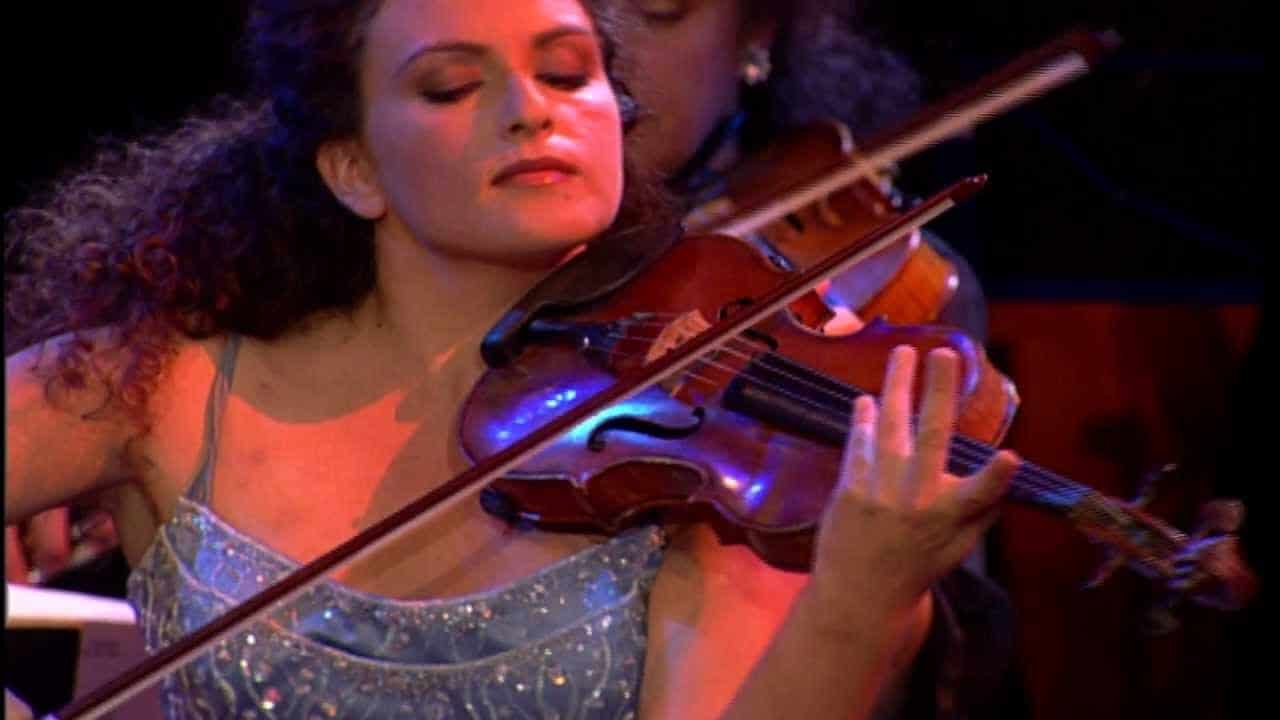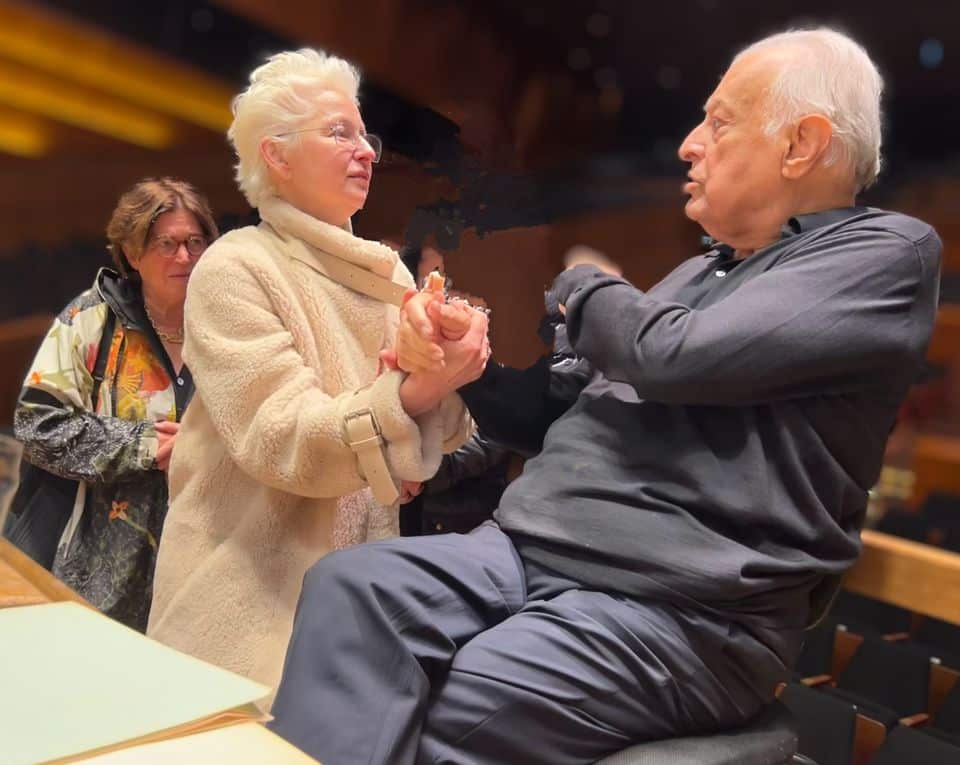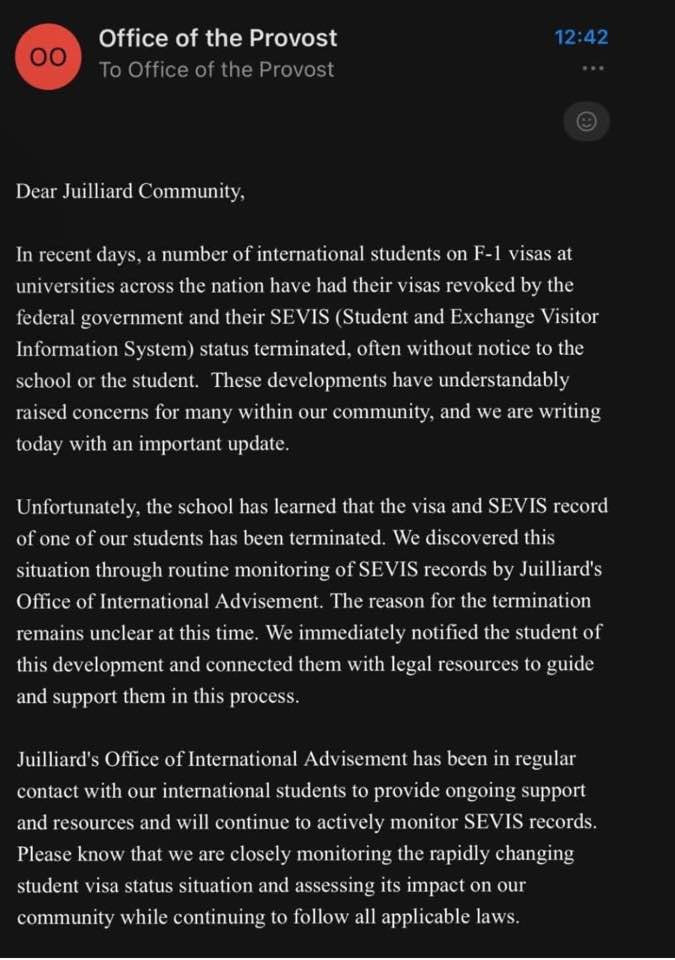This composer messes with my tuning
mainLiza Ferschtman complains that busy old Heinrich Biber, a predecessor of Bach, requires four different tunings in the same piece, forcing her to switch between two violins.
In the baroque era, composers had nothing better to do with their time so they made it tough for musicians.
Watch.
The music’s not bad.






Comments